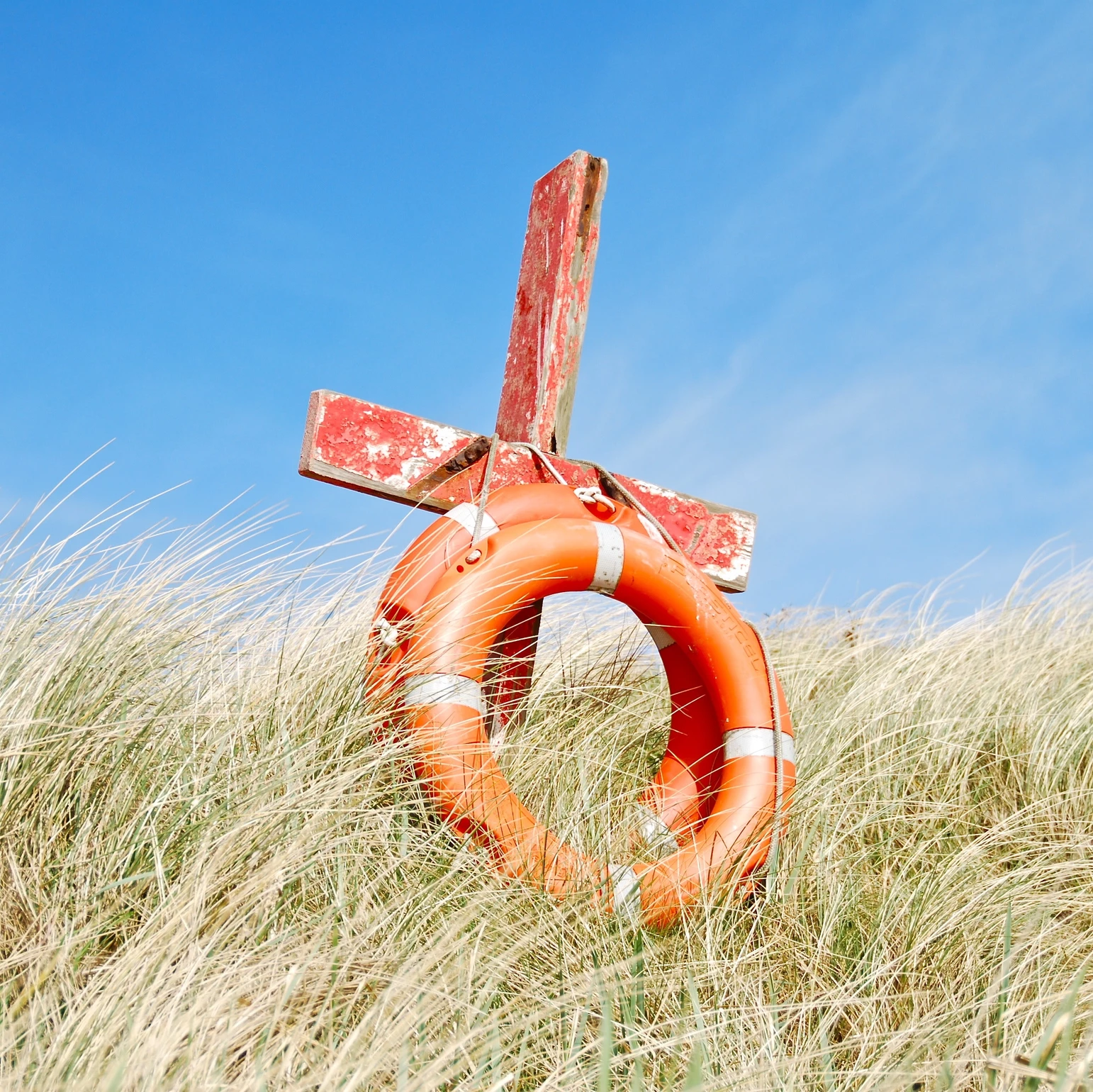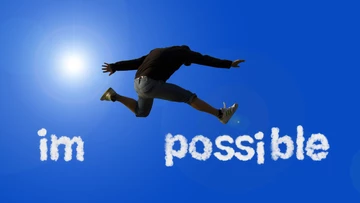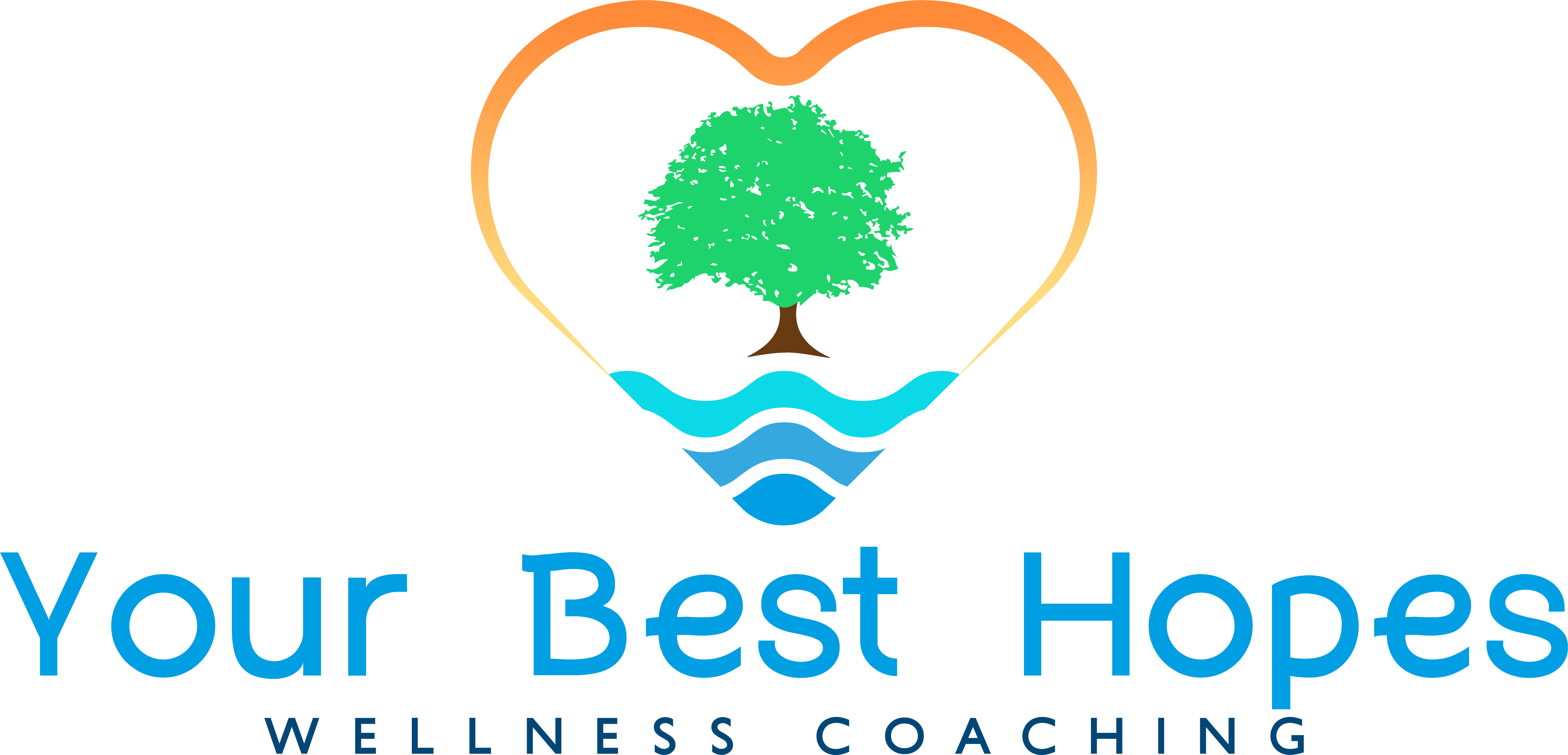
I am part of a private Facebook group where we talk about different healing topics from spiritual and philosophical perspectives. I have found that much of what is discussed here also translates into the world of Wellness Coaching. A question posed recently caused me to ponder it and share my thoughts with you.
Our page facilitator asked, “When did you first learn (that) it’s not your job to rescue people – and how did you feel about that?” The facilitator went on to comment that when it happened to her, she went through a withdrawal (in letting go of this behavior).
Reflecting on this concept of letting go of rescuing others, and that it left a sense of loss or withdrawal, I had to stop and think whether this applied to me. I did note in other comments on this post that this reaction is quite common for those of us who are actively compelled to rescue.
What I’ve come to believe is that for those of us who jump to rescue, we ourselves get our own confidence boost, or ego stroke, if you will. There is a certain satisfaction in being “that person” who saves the day, who is the hero, who is shown undying gratitude for making it all better for someone. It becomes more about having been that champion instead of about the sufferer who is in pain.
I then started to think, “If not ‘rescue’, then what? What is the alternative to rescue when someone looks to you help heal a wound?”
What came to me when I really started to explore this, is that as a wellness coach using a solution focused, client-centered approach, I am not the rescuer, I am merely the guide. In this style, one thing that really hit home is that when we as coaches provide the “solution” to the problem, or act on our “right reflex” to fix, we really send a message to clients that we don’t believe that they have the ability to help themselves. It actually undermines their confidence and erodes their hope. There is an incredible difference when we act to fix, save, or just outright do for someone instead of guiding the person to his/her own solution.
These clients may think that their ultimate desire in seeking out coaches, healers, or the like, is to be given the answer to the problem. To be handed a prescription of sorts that outlines exactly the steps to take and then everything will be all better from then on.
Unfortunately, there are inherent issues with this approach. Aside from the message of non-confidence mentioned above, one of the other concerns is that this directive style is one-sided. The relationship between the coach and the client becomes somewhat hierarchical in that the client is prompted, and maybe even expected, to adhere to the prescribed plan or else the problem won’t or can’t be solved. This is done pretty much from the standpoint of the coach and not the client. The coach hears the problem, examines possible answers from his/her own experience and perspective and then delivers these solutions to the client for action to change. Then this client is expected to understand and perform when perhaps the solutions have no relevance whatsoever to the client’s desires, abilities, resources, or even needs. So how is it different when we guide as opposed to when we rescue? Even if the client is looking for that life preserver, that magic pill to make things all better again?
The most important thing that I as a coach, or those of you who are in other positions of healing, can do is instill hope. Yes, that’s right – instill hope.
(As a side note here – all of this discussion is not exclusive to healers/clients – you can think about this as a parent to a child, a teacher to a student, a friend to a friend. It applies in any situation where one person is in pain, suffering or trying to make a positive change and the other is the one who can be there to help.)
Why is instilling hope so very important – the cornerstone of it all? Because people who are looking to solve a problem, looking to make that change toward a preferred outcome, need to have a glimmer that it is even possible. They have to believe that it is feasible, that it is within themselves, to get to that desired future, even if in that moment it feels remote.



And how that hope is created is through collaborative conversation – the guide lighting the path for the wounded one. Helping that person to rediscover those strengths, those resources, those abilities already deeply ingrained within and are illuminated to rebuild that hope. Help paint the picture of that preferred life with the positive changes. Create the canvas together – the guide handing the brushes, the paints, and maybe even offering a little technique, to the client for application to the canvas. And through questions and discussion together the new masterpiece takes shape, the client starts to see some color, a bit of landscape, some beauty in the creation that is uniquely his or hers.
So why would I rob these people of the ability to discover this hope and the ability to exercise the ultimate power to design for themselves what it is they truly prefer for their lives? When I see that light go on as the realization dawns that they truly have the capability not only to create their path to the changes, but to also sustain those changes for the long haul, THAT is the boost I get when guiding instead of rescuing. That becomes the the addiction for me, instead of being the savior.

In the end, if you nurturers, healers, parents, coaches, or those in any other role where you feel compelled to help others, consider “rescue” vs. “guide” before you jump in to save – because you can still be the hero after all.
#wellnesscoaching #selfempowerment #transformation #solutionfocused #lifechanges #healers #thereishope
